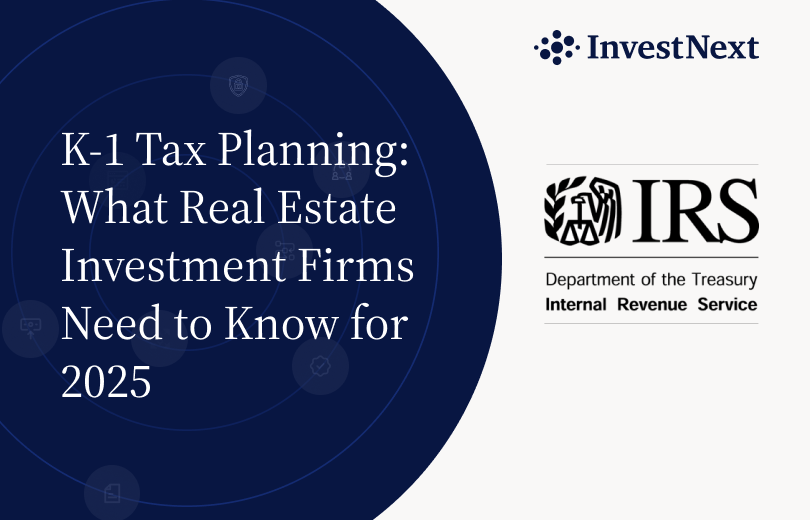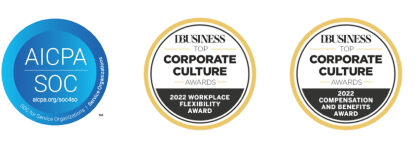Real estate investments have risen dramatically in the recent decade, providing profitable ROIs and capital appreciation. By far, the most profits have been witnessed when it comes to commercial real estate. However, it isn’t quite as simple as throwing some money into a project and hoping for a return.
To get the most out of your investment, it’s imperative that you understand the commercial real estate underwriting process. Here are seven common multifamily underwriting steps to help you close the deal.
1. Inflow for Commercial Real estate Underwriting
The ultimate goal of purchasing investment properties is to earn income. The multifamily acquisition analysis includes a complete study of how much money the rental units are bringing in. Revenue includes:
- Rent
- Fees
- Pets
- Storage
- Cover parking
- Applications
You’ll want to consider ways to keep the property at full capacity.
2. Outflow Expenses
Outflow expenses are part of the multifamily acquisition analysis that looks at the cost of maintaining a multifamily dwelling. One significant expense to review before acquiring a property is the annual property tax assessment.
Taxes vary from year to year, so you want to review variations.
In addition to taxes, a lender will need to know other operating expenses.
- Project Management
- Maintenance
- Insurance
- Utilities
If possible, get a copy of the current owners’ operating expenses for the past three to five years.
3. Construction and Renovation Costs
Will the property require upgrades or new construction? The loan to value ratio can play a part in accessing additional funds.
The need to upgrade units and reimage common areas can add value to the property.
4. Vacancy Rates
Vacancy rates will impact the debt service coverage. Investment properties are used to earn income. If units are consistently vacant, it impacts the bottom line.
Account for average vacant units and determine how they impact your bottom line. Prepare to provide lenders with a plan to improve the loan to value ratio.
5. Post-Renovation Rent
Commercial real estate underwriting also looks at post-renovation rent. Demonstrate to the lender how renovations and upgrades will justify rent increases.
You’ll also need an analysis that shows the market can absorb the increase.
6. Securing Financing
It’s now time to shop for a lender. Determine the type of financing you’ll need: research both traditional lenders and real estate investors. As with any loan, you want to ensure you receive the best interest and terms.
7. Analysis of Anticipated Outcomes
Every investor has goals for their multifamily acquisitions. When assessing outcomes, factor in the following:
- Internal Rate of Return (IRR)
- Equity Multiple
- Cash-on-Cash
Don’t shy away from making adjustments to reach the most profitable numbers.
The Close
Commercial real estate underwriting is an important step in growing your multifamily rental portfolio, and with time, becomes easier to close deals once you master the process.
As your multifamily portfolio and investor commitments grow, you’ll need reliable real estate investment management software. InvestNext is an all-in-one solutions-based platform that enables you to manage the entire lifecycle of your real estate syndication. From same-day ACH transactions to waterfall calculations, impress your investors with stylish deal rooms and a clean-cut easy-to-use investor portal.
Schedule a demo today to see how our team can help you to welcome the next level of raising capital.







